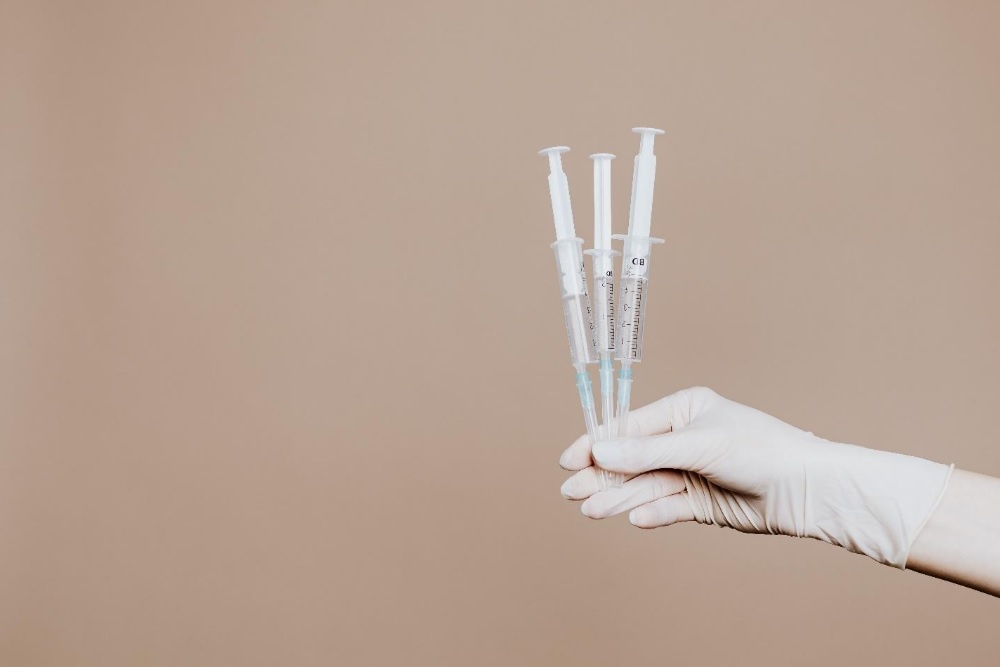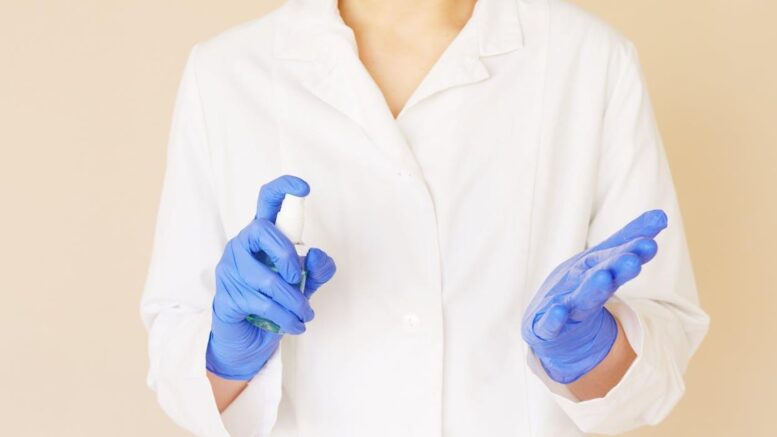When it comes to ensuring safety and preventing the spread of harmful microorganisms, sterilization methods play a crucial role. Among the various techniques available, autoclaving stands out as one of the most effective and widely used methods for achieving complete sterilization. Autoclaving utilizes high pressure and temperature to destroy bacteria, viruses, fungi, and other pathogens, making it a reliable choice across a wide range of industries and applications. In this article, we will explore the reasons why autoclaving is considered one of the best sterilization methods and its significance in maintaining a clean and healthy environment.
Autoclaving is one of the best methods of sterilization due to its exceptional efficiency and reliability in eliminating microorganisms.
1. The power of heat and pressure
Autoclaving employs a combination of high-pressure and steam heat to achieve sterilization. The process involves subjecting the items to be sterilized to temperatures typically ranging between 121 to 134 degrees Celsius (250 to 273 degrees Fahrenheit) under increased pressure. This lethal combination effectively eradicates even the most resistant microorganisms, including spores, ensuring thorough sterilization.
The application of heat and pressure in autoclaving works by denaturing proteins, disrupting cell membranes, and breaking down nucleic acids within microorganisms. As a result, the microorganisms are unable to survive or reproduce, rendering them harmless.
2. Versatility and compatibility
One of the significant advantages of autoclaving is its versatility in sterilizing a wide range of materials. From laboratory glassware and surgical instruments to medical waste, autoclaving can effectively sterilize various items. It can be compatible with most materials, including metals, glass, plastics, and fabrics, making it suitable for diverse applications in healthcare, research, and manufacturing industries.
Whether you need to sterilize reusable medical tools, culture media, or laboratory containers, autoclaving can provide a reliable and efficient solution. Its compatibility with different materials ensures that the sterilization process does not compromise the integrity or functionality of the items being sterilized.
3. Complete sterilization assurance
Autoclaving provides a high level of confidence in achieving complete sterilization. The combination of heat, pressure, and steam ensures that microorganisms are not only killed but also completely removed from the sterilized items. This reduces the risk of contamination and ensures the safety and effectiveness of subsequent procedures or experiments.
The thoroughness of autoclaving in eliminating microorganisms makes it particularly valuable in settings where contamination must be minimized, such as hospitals, research laboratories, and food production facilities. By using autoclaving, these environments can maintain strict standards of cleanliness and hygiene. This is why autoclave machines like Celitron’s hospital steam sterilizers are present in healthcare facilities all over the world.
4. Cost-effectiveness
Compared to alternative sterilization methods, autoclaving offers cost-effectiveness in the long run. While the initial investment in autoclave equipment may be higher, the recurring costs associated with consumables are relatively low. Autoclaves typically use water, electricity, and heat, making them more economical than disposable items or other sterilization techniques.
In addition, autoclaving reduces the need for purchasing disposable sterilization supplies, such as single-use sterile wraps or chemical disinfectants. This not only saves money but also reduces waste generation, contributing to a more sustainable approach to sterilization.

5. Environmental friendliness
Autoclaving is an environmentally friendly sterilization method. Unlike chemical sterilizers that may release harmful by-products, autoclaving primarily relies on heat and steam, which are safe and do not contribute to pollution. Additionally, autoclaving eliminates the need for single-use items, reducing waste generation and promoting sustainability.
By opting for autoclaving, organizations can significantly reduce their environmental footprint. The use of heat and steam as the primary sterilizing agents minimize the release of harmful substances into the environment, making autoclaving a greener choice.
6. Regulatory compliance
In various industries such as healthcare and research, regulatory bodies mandate stringent sterilization standards. Autoclaving is widely recognized and accepted by these regulatory bodies due to its proven efficacy. Using autoclaving as a sterilization method ensures compliance with industry regulations and standards, giving organizations peace of mind and maintaining the integrity of their operations.
Meeting regulatory requirements is crucial for organizations to operate legally and safely. Autoclaving provides a reliable and accepted sterilization method that aligns with industry guidelines, allowing businesses to fulfill their obligations and maintain a high standard of sterilization.
